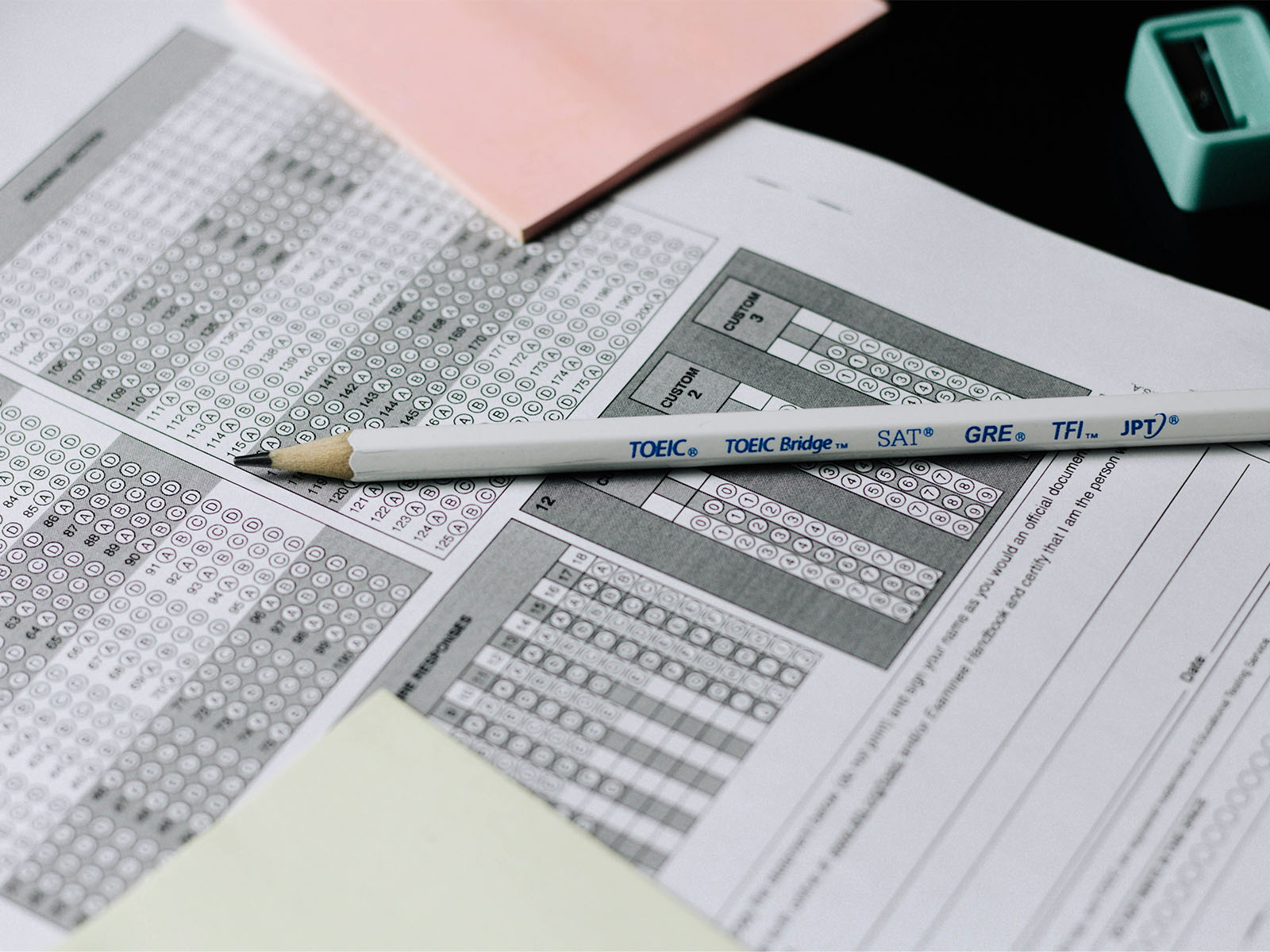
When should I start working on the SATs?
Deciding when to start the SAT journey is a common concern for high school students and their parents. The optimal time to dive into this standardized test involves thoughtful consideration, planning, and discussion with a college counselling professional. Let’s break down the process in a way that’s easy to understand.
Timing is Key: Finding the Sweet Spot
The consensus among college counsellors is straightforward: Grade 11 is the ideal starting point for the SAT. Before this grade, the test’s content may be a bit too advanced, making it less effective. While signing up for the SAT earlier is technically possible, it’s generally discouraged to ensure the material aligns with the student’s academic readiness. I have spoken with parents who want their 10-year-old to take the SAT!
Strategic Planning: Testing in Grade 11
A strategic approach to the SAT typically involves taking the test twice during grade 11. This provides an early assessment of a student’s strengths and areas that need improvement. It sets the stage for focused preparation and potential retakes, allowing students to refine their skills.
Fine-Tuning Scores: One More Attempt Before Applications
To refine their performance, students often consider one (or even two!) additional SAT attempts before sending out college applications during their final year of high school. While some students opt for multiple retakes, finding the right balance is crucial. Taking the SAT multiple times requires a significant time commitment, and it’s important to always prioritize schoolwork over standardized test results.
The Value of PSAT: A Prelude to SAT
Before delving into the SAT, students can take the PSAT in grades 10 and/or 11. The primary benefit of the PSAT is twofold: it serves as a practice test to familiarize students with the process, and it offers a global comparison of a student’s performance. The results are for personal growth (they are not sent to any college or university), and help students identify specific areas for improvement prior to taking the SAT.
Why Not Take It 100 Times?
While the SAT can be an essential part of the college admissions process, there may be better choices than taking it excessively. Factors such as the cost of the test and preparation tutors, along with the varying requirements of different schools and countries, make it impractical. Moreover, the SAT’s significance diminishes when students are already enrolled in rigorous, externally graded programs like IB, AP, or A Levels which universities trust to provide standardised and proven academic results.
A Balanced Approach to Success
Based on my time as an SAT and ACT Coordinator at international schools, I can tell you that success with the SAT hinges on a balanced and strategic approach. Grade 11 is an optimal starting point for many, allowing for thoughtful preparation, strategic test-taking, and potential retakes. While the SAT plays a role in college admissions, maintaining perspective and balancing preparation with other academic responsibilities ensures a holistic approach to the college application process. Also, remember that based on what type of curriculum a student takes and where they want to apply, there are many cases where the SAT (or other tests like the ACT or TOEFL, etc.) is not required at all.
Put my years of standardized testing coordination and supervision to work for you
Standardized testing like the SAT and ACT are not exams you can simply wake up one day and take. Learn about the decision to take them, and how you can best prepare, by connecting with a private college counsellor today.




